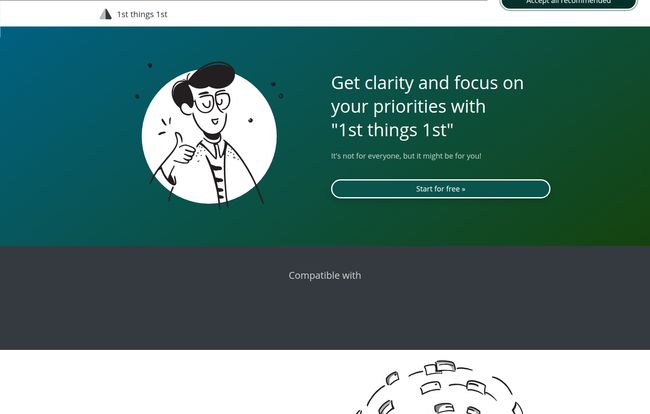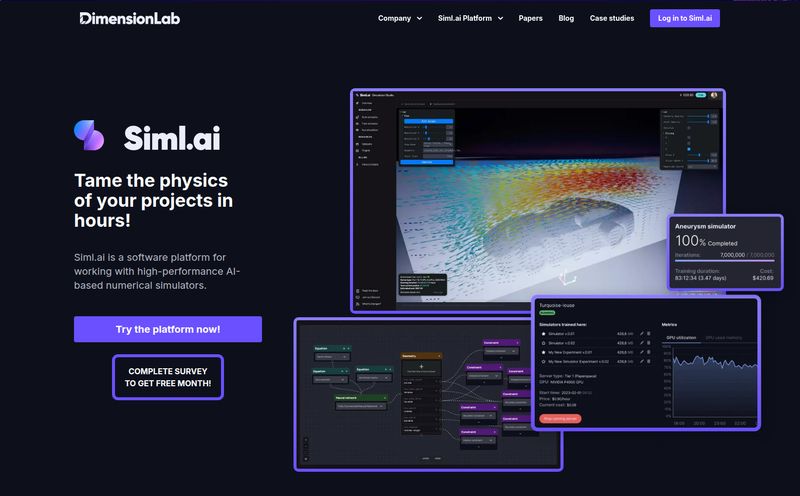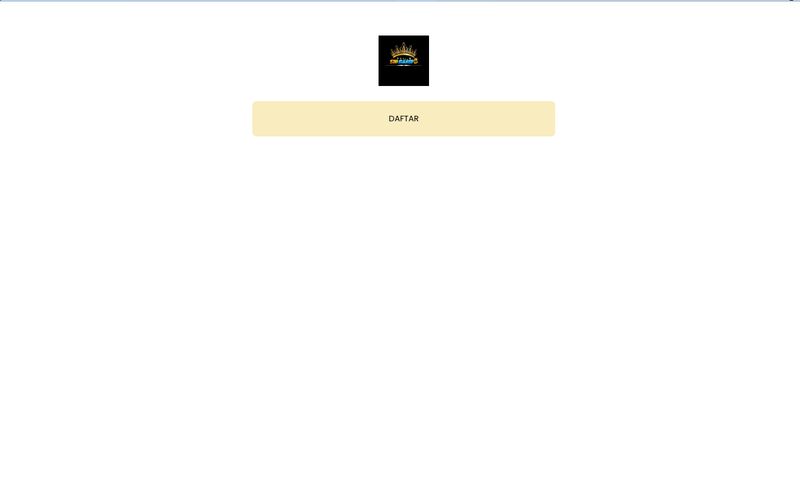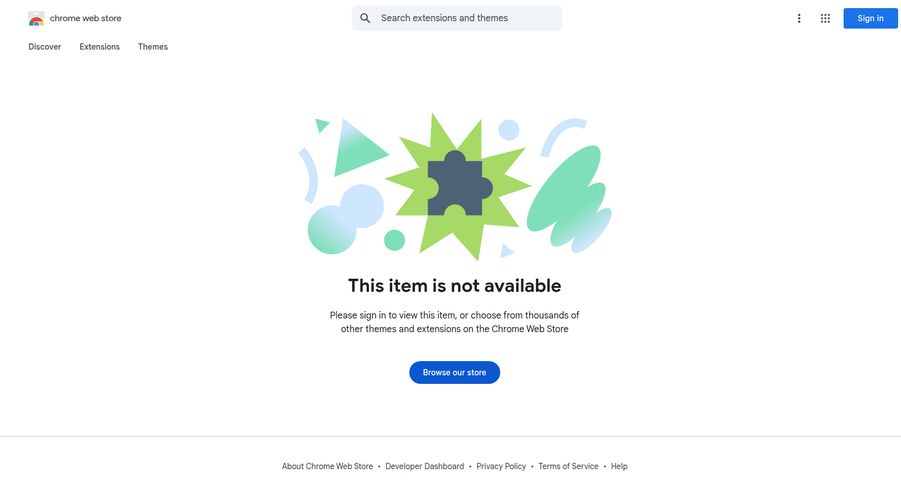How many times have you stared at your to-do list and it felt like it was staring back, mocking you? You’ve got a dozen 'urgent' tasks for work, a handful of personal projects you’ve been meaning to start, and that nagging feeling you should probably choose a new car insurance plan. The result? You end up scrolling through social media for an hour, paralyzed by the sheer volume of choices. It's a classic case of analysis paralysis, and trust me, I've been there more times than I care to admit.
In the world of SEO and digital marketing, we're constantly juggling. New algorithm updates, client demands, keyword research, content creation... it’s a never-ending firehose of things to do. So when a tool called 1st things 1st slid across my screen, with its charmingly simple illustrations and a headline that promised “clarity and focus,” my interest was piqued. It even had the honesty to say,
It's not for everyone, but it might be for you!
Well, I had to see if I was part of that 'you'.

Visit 1st things 1st
So, What is 1st things 1st, Really?
Okay, cutting through the marketing fluff. At its core, 1st things 1st isn't just another to-do list app. Please, we have enough of those. I’d describe it more as a decision-making framework with a friendly interface. It’s designed to help you stop and think before you act. Instead of just listing tasks, it forces you to evaluate them against what actually matters to you. What are your goals? What are your non-negotiables? It’s less about a long list and more about creating a smart, ranked, and genuinely actionable plan.
Think of it as a sherpa for the mountain of tasks you have to climb. It helps you map out the best route instead of just letting you run at the base of the mountain with a pickaxe and a whole lot of misguided enthusiasm.
The Two Sides of Prioritization
Here’s where things get interesting. The platform doesn’t just give you one way to sort your life out. It understands that sometimes you need to trust your gut, and other times you need cold, hard data. It offers two distinct methods to tackle your priorities.
Your Gut Feeling's Best Friend: The Intuitive Tool
This is my personal favorite for quick decisions. It uses something called pairwise comparison. Fancy term, simple idea. You list all your options, and the tool presents them to you two at a time. “Which is more important: A or B?” You make a choice. Then, “What about B vs. C?” and so on. It's surprisingly effective. By breaking down a huge list into a series of simple, binary choices, it quietly builds a ranked list in the background without overwhelming you. It's brilliant for things like figuring out which blog post to write next or what to focus on this week.
For the Analytical Minds: The Smart Tool
This is the heavy lifter. The 'Smart' prioritization tool is where you get granular. It's a criteria-based system. You define what 'success' or 'importance' looks like for you by setting criteria. For a work project, your criteria might be 'Impact on Revenue,' 'Effort Required,' and 'Alignment with Q3 Goals.' For a personal decision, like choosing a vacation spot, it could be 'Cost,' 'Relaxation Factor,' and 'Adventure Level.' You then score each of your options against these criteria. The tool crunches the numbers and spits out a logically ranked list. Yes, it takes more effort upfront—you have to actually think and define your criteria—but the clarity it provides is incredible.
Let's Talk About the AI in the Room
Of course, it's 2024, there has to be AI, right? On its paid plans, 1st things 1st offers AI-powered autosuggestions. When you're building out your options or criteria, the AI will chime in with ideas. I found this to be a mixed bag, in a good way. It’s like having a brainstorming partner. Sometimes it suggests something I’d already thought of, which is validating. Other times, it throws a curveball that makes me go, “Huh, I hadn't considered that.” It’s not a flawless oracle—don't expect it to solve all your problems—but as a spark for creativity, it’s a genuinely useful feature that can save you from staring at a blank screen.
1st things 1st Pricing: Is It Worth Your Money?
Price is always a major factor, so let's break it down. The structure is pretty straightforward, which I appreciate. No hidden fees or confusing credit systems.
| Plan | Price | Key Features |
|---|---|---|
| Free | €0 | 1 personal & 1 work project, both intuitive and smart tools, sharing results. Perfect for trying it out. |
| Standard | €25.00 /month | 10 personal & 10 work projects, AI auto-suggestions, printing, downloading, and exporting. |
| Pro | €30.00 /month | Everything in Standard, plus unlimited projects, budget checking, and time estimates against deadlines. |
My take? The Free plan is incredibly generous. It's more than enough to see if the whole system clicks for you. The Standard plan is where it gets serious, aimed at freelancers, project managers, and people like me who are juggling multiple campaigns. The Pro plan seems tailored for entrepreneurs and decision-makers who need to align tasks with hard constraints like budgets and deadlines. And good news for us productivity geeks, it integrates with other apps via Zapier, which is a huge plus for automating workflows.
The Good, The Bad, and The Honest Truth
No tool is perfect. After spending some quality time with 1st things 1st, here’s my rundown. The biggest pro is that it genuinely delivers on its promise of clarity. By forcing you to define your criteria, it moves you from a state of 'busy' to a state of 'productive'. The dual intuitive/smart approach is also a major win.
On the flip side, the main con is also its biggest strength: it requires initial effort. You can't just dump your brain into it and expect magic. You have to sit down and define what's important. Some people might see this as a hurdle, but I see it as a necessary investment. And as mentioned, the AI is a helpful guide, not a magic wand, so its suggestions wont always be 100% on the money.
Frequently Asked Questions
- Is 1st things 1st a good tool for teams?
- While it's primarily designed for individual decision-making, its sharing and exporting features make it useful for teams. A team lead could use it to structure priorities and then share the ranked list with the team for alignment and transparency.
- Can I use this for personal decisions?
- Absolutely! The website even gives examples like choosing a car or a home. I've used the free version to plan out my content calendar and also to decide which DIY project to tackle next. It's surprisingly versatile.
- How is this different from Trello or Asana?
- Trello and Asana are fantastic project management tools for tracking the execution of tasks. 1st things 1st is a project prioritization tool. It comes before Trello. You use it to decide what to put on your Trello board in the first place.
- What happens when I finish my 1 personal and 1 work project on the Free plan?
- The Free plan is designed to let you have one of each project type active. You'd need to either delete an old one to start a new one, or upgrade to a paid plan for more project slots.
My Final Verdict on 1st things 1st
So, am I part of the 'you' this tool is for? Yes, I think I am. Look, 1st things 1st isn't going to do the work for you. It's not a magic bullet that will suddenly give you more hours in the day. What it does, and does very well, is provide a structured way to combat the overwhelm that kills so much of our productivity.
If you're someone who often feels stuck, who has a million ideas but struggles to pick one and run with it, this tool might just be the dose of clarity you need. It turns the messy, chaotic art of prioritization into a repeatable science. And in a world that’s constantly demanding more from us, having a tool that helps you focus on what truly matters feels less like a luxury and more like a necessity.



